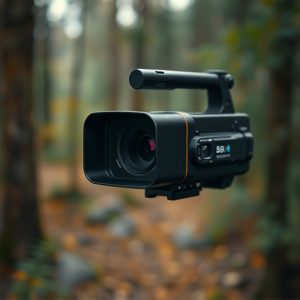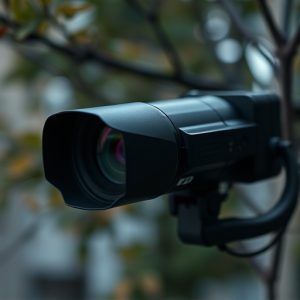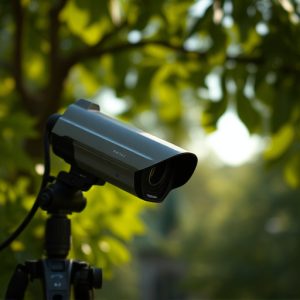Unmasking Hidden Cameras: Light Reflection for Best Indoor Spy Camera Detection
Detecting hidden spy cameras indoors using light reflection techniques is an effective and affordabl…….
Detecting hidden spy cameras indoors using light reflection techniques is an effective and affordable security measure for homes and offices. By manipulating lighting, subtle distortions in reflections can expose camera positions, offering a discreet monitoring solution without complex technology. Choosing the Best Indoor Spy Camera System involves considering use case, wireless vs wired options, resolution needs, strategic camera placement, reflective surface integration, reliable recording, remote access via apps, and regular maintenance.
Uncover hidden threats with the latest in spy camera detection technology. This article delves into the innovative Light Reflection Technique, a powerful tool for identifying covert surveillance devices. Learn how subtle light reflections can expose hidden cameras, ensuring your privacy and safety. We’ll explore specific strategies for choosing the best indoor spy camera system, offering practical implementation tips to fortify your space against undetected observation.
- Understanding Spy Camera Detection: The Light Reflection Technique
- How Does Light Reflection Help in Uncovering Hidden Cameras?
- Choosing the Best Indoor Spy Camera System: Implementation and Tips
Understanding Spy Camera Detection: The Light Reflection Technique
Understanding Spy Camera Detection: The Light Reflection Technique
In today’s digital era, ensuring privacy and security has become paramount, especially when it comes to protecting your home or office from hidden spy cameras. One innovative technique gaining traction is the light reflection method for spy camera detection. This approach leverages the principles of light and its behavior when interacting with various surfaces to uncover covert surveillance devices. By strategically casting light onto potential hiding spots, unique reflections can reveal the presence of cameras, helping users identify even the most advanced indoor spy camera systems.
The light reflection technique is particularly useful for best indoor spy camera systems because it doesn’t rely on electronic signals or specialized equipment. Instead, it utilizes natural light sources like sunlight or artificial lighting to create distinct patterns and distortions. These visual cues can indicate the location of hidden cameras, making it an accessible and effective method for enhancing security measures without requiring complex technology.
How Does Light Reflection Help in Uncovering Hidden Cameras?
Light reflection plays a crucial role in uncovering hidden cameras, especially in indoor settings where visual inspections might be limited. When light hits an object, it bounces off in various directions, creating a unique pattern known as reflectivity. By using specific lighting conditions and observing these reflections, one can detect anomalies that may indicate the presence of a spy camera. This technique is particularly useful for the Best Indoor Spy Camera System, as it allows for non-intrusive and discreet monitoring.
For instance, when light shines on a surface where a hidden camera is installed, the reflection might appear distorted or shifted compared to surroundings. Advanced users can train their eyes to recognize these subtle changes, while specialized tools can analyze reflectivity patterns to pinpoint suspicious devices. This method ensures that even the tiniest or cleverly placed cameras can be detected, making it an effective solution for maintaining privacy in homes, offices, and other indoor spaces.
Choosing the Best Indoor Spy Camera System: Implementation and Tips
When selecting a Best Indoor Spy Camera System, several factors come into play. Firstly, consider the purpose – is it for home security or business surveillance? This will dictate the number and type of cameras needed. Wireless options offer flexibility but require robust signal strength, while wired systems provide more stable footage but involve physical running of cables. Resolution is another key aspect; higher-resolution cameras capture sharper details but may impact storage space and bandwidth usage.
Implementing a spy camera system involves strategic placement for optimal coverage without raising suspicion. Utilise reflective surfaces like mirrors or glass to bounce light and reduce shadowed areas, enhancing picture quality. Ensure the system supports reliable recording and easy remote access through a dedicated app for peace of mind, anywhere, anytime monitoring. Regular maintenance and updates are also crucial to keep your spy camera system functioning optimally.
The light reflection technique is a powerful tool for detecting hidden spy cameras, especially in indoor settings. By understanding how light interacts with these devices, users can uncover clandestine surveillance equipment and ensure their privacy. When selecting the best indoor spy camera system, consider advanced reflection-based technologies that offer discreet yet effective protection against covert recording devices. This approach allows individuals to protect their personal spaces and maintain control over their private information in today’s digital era.


